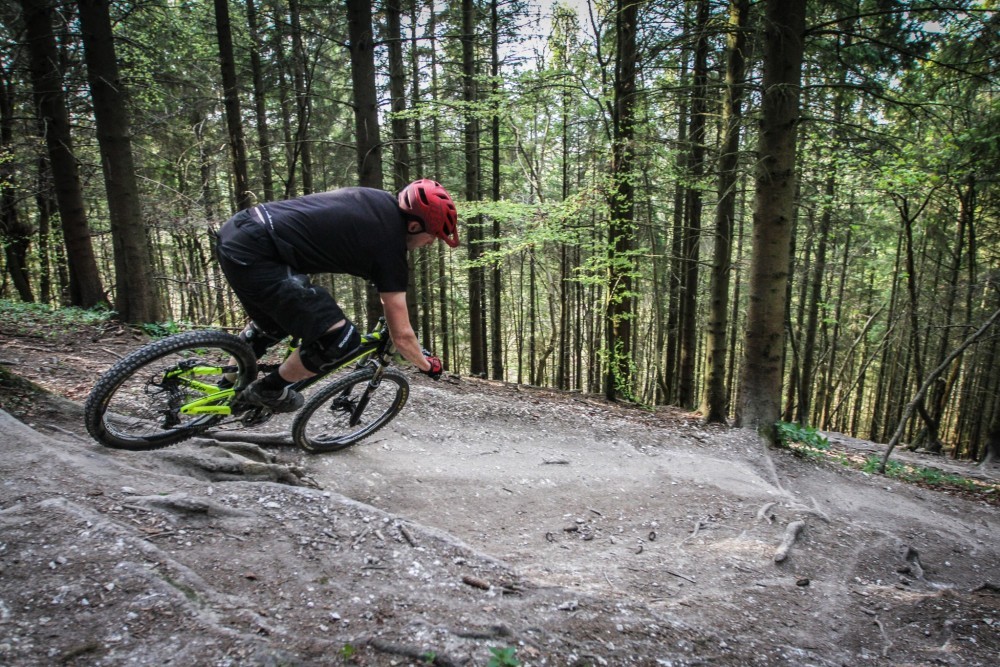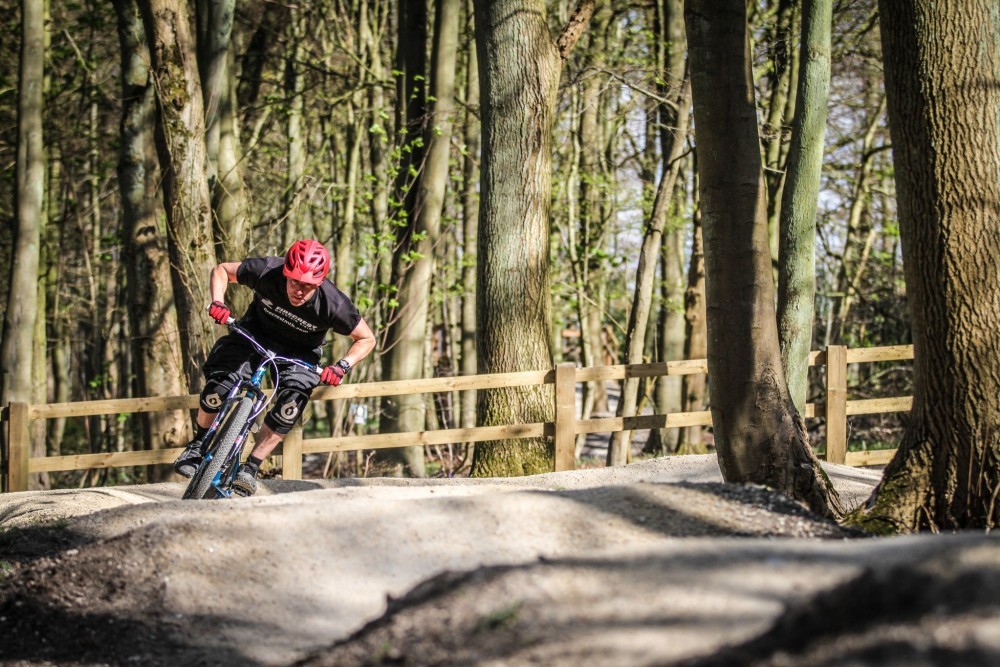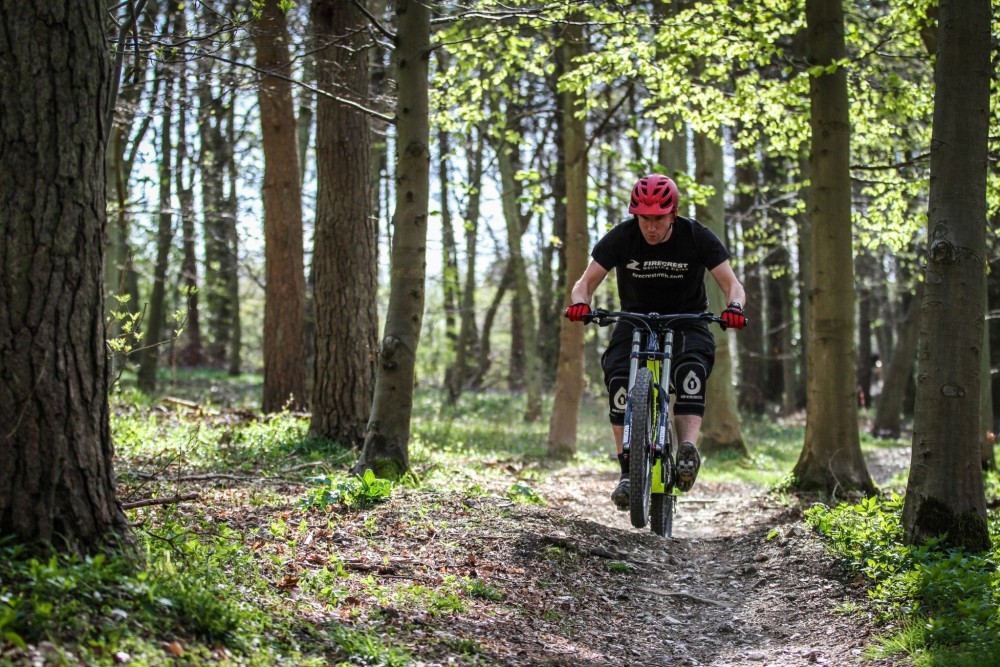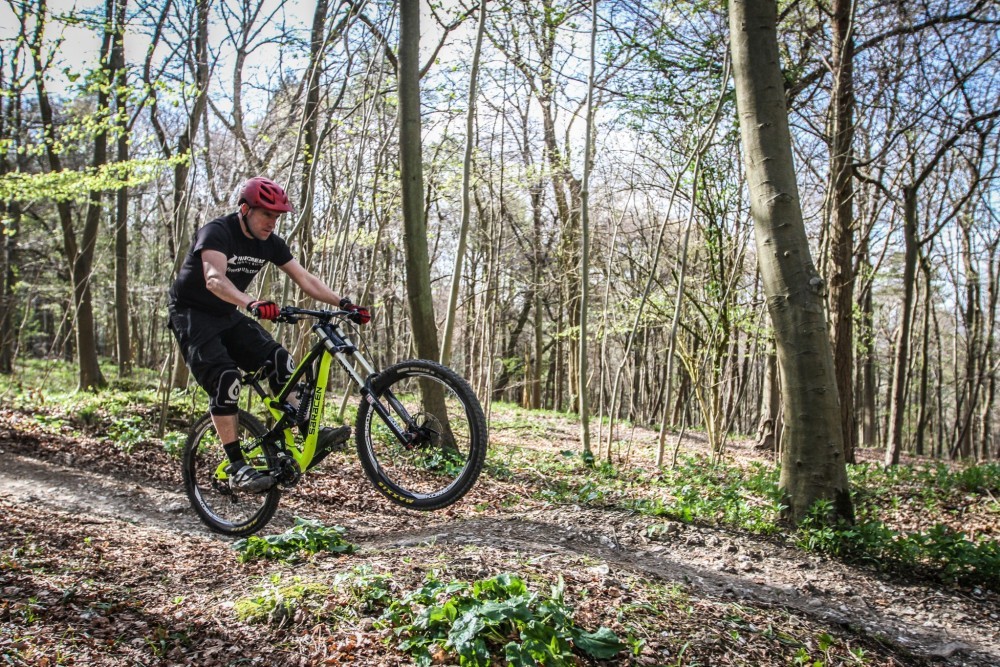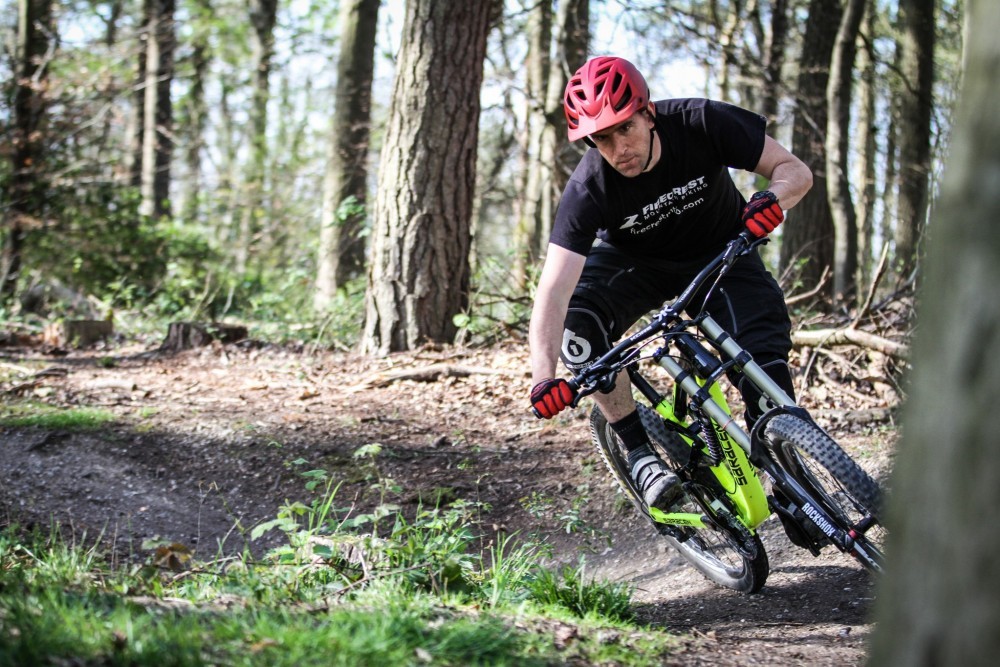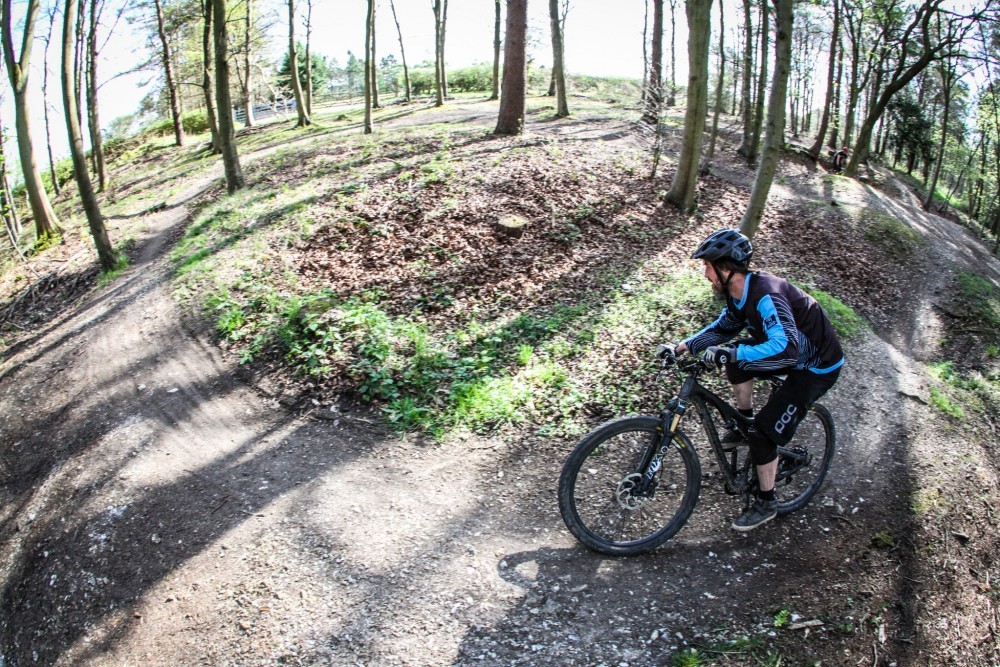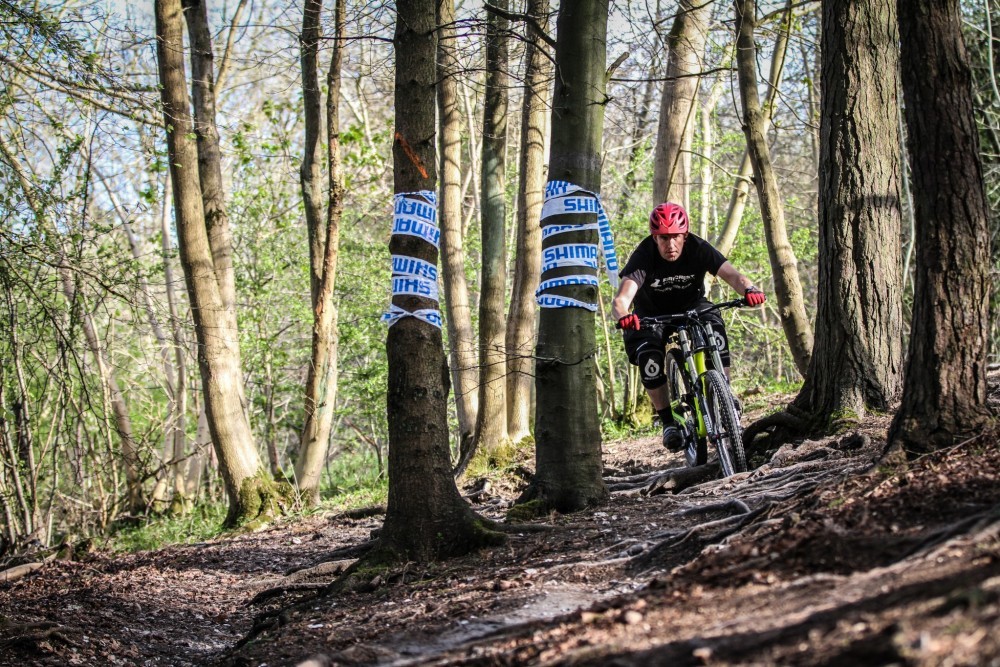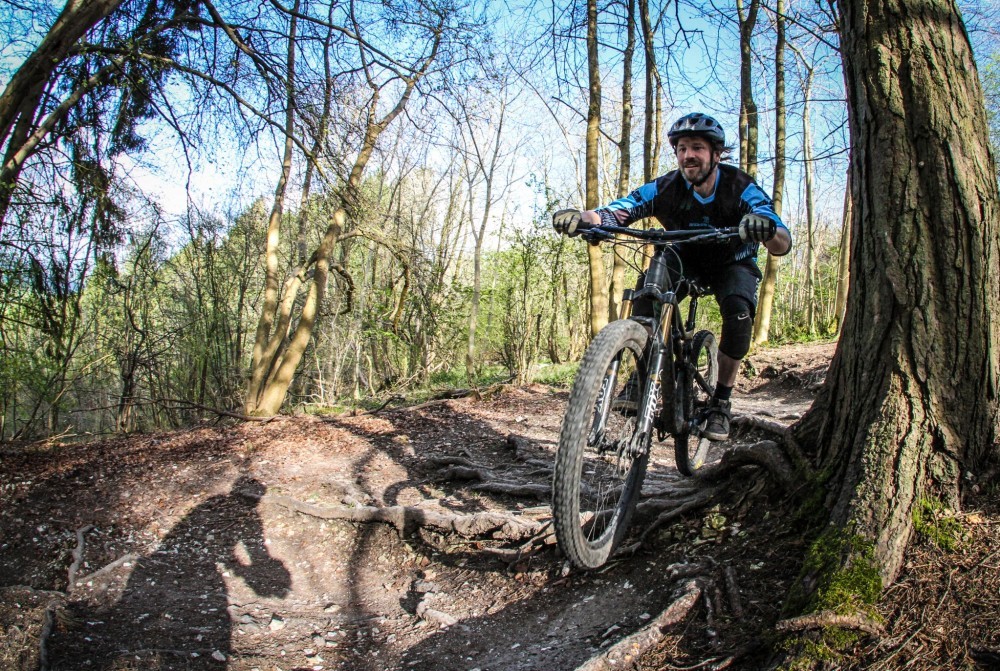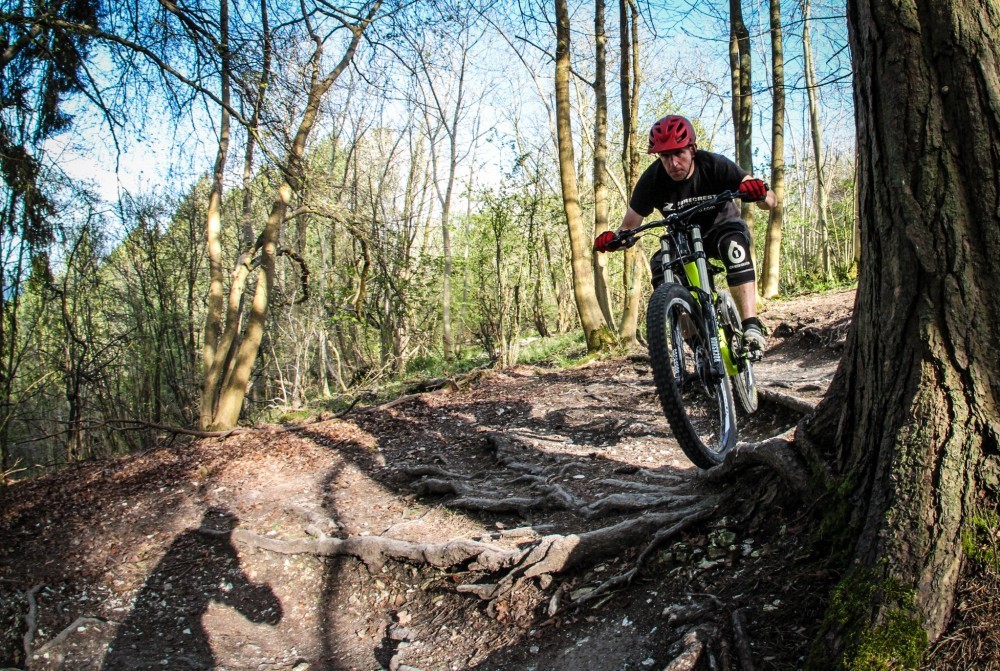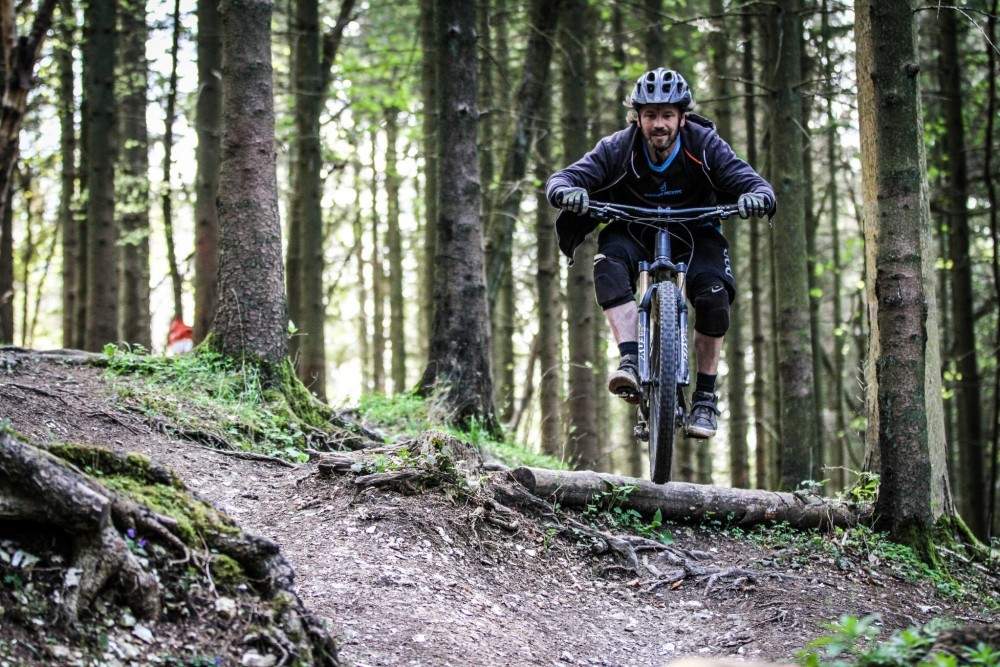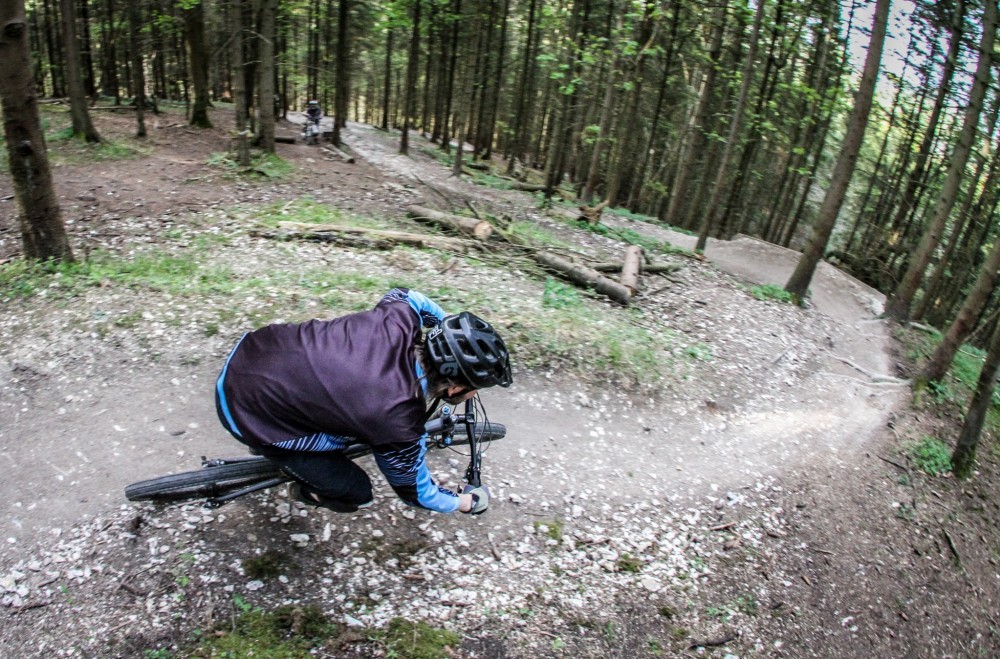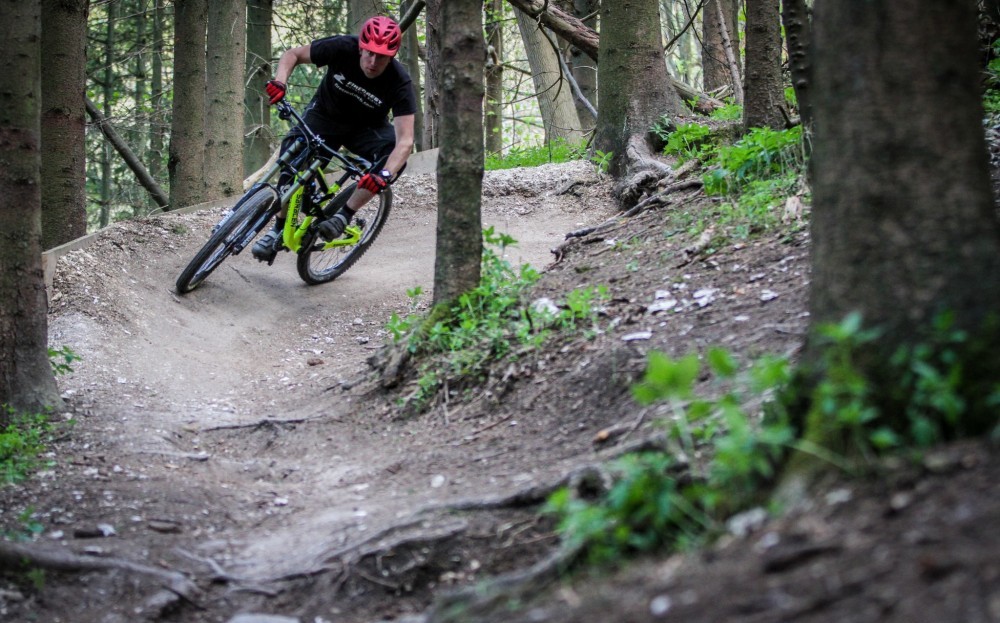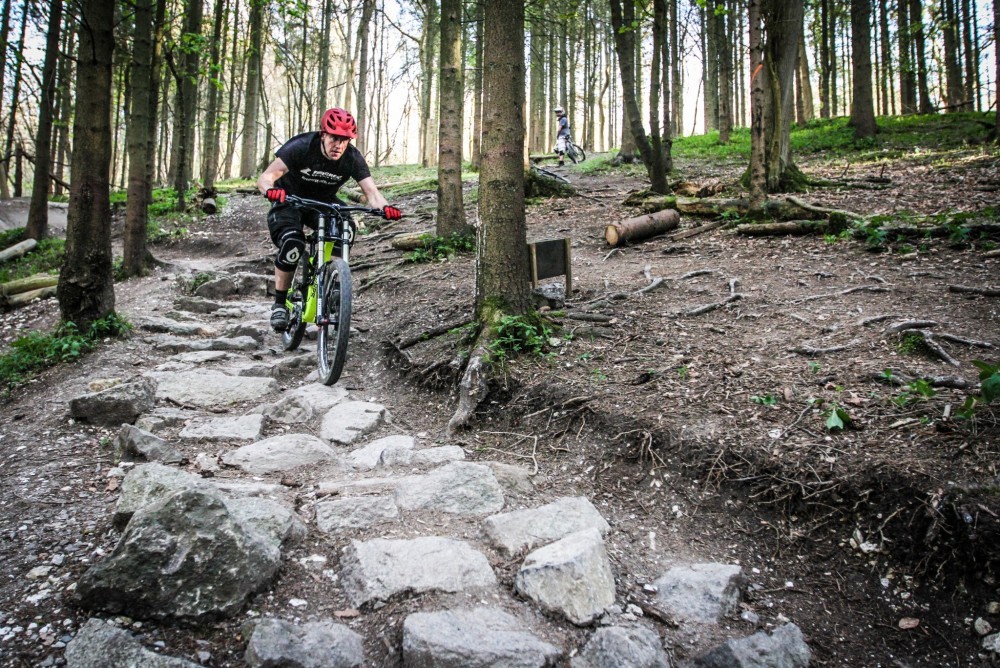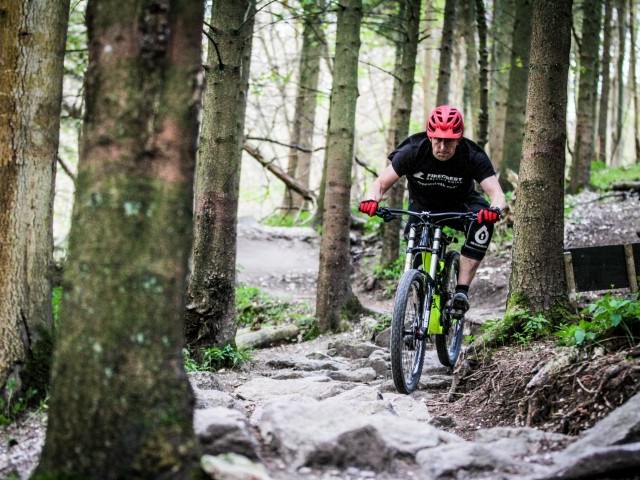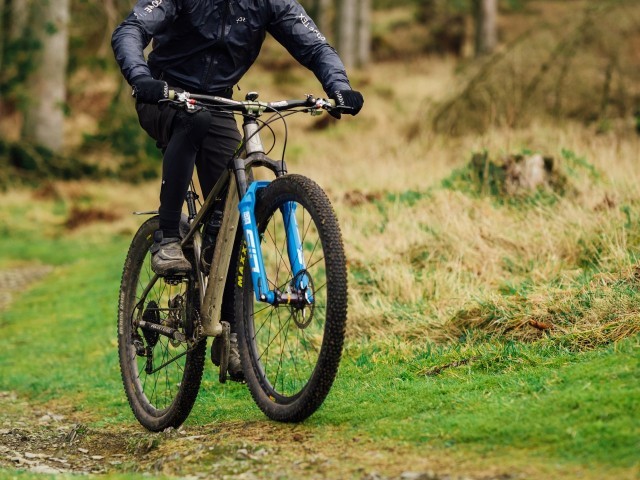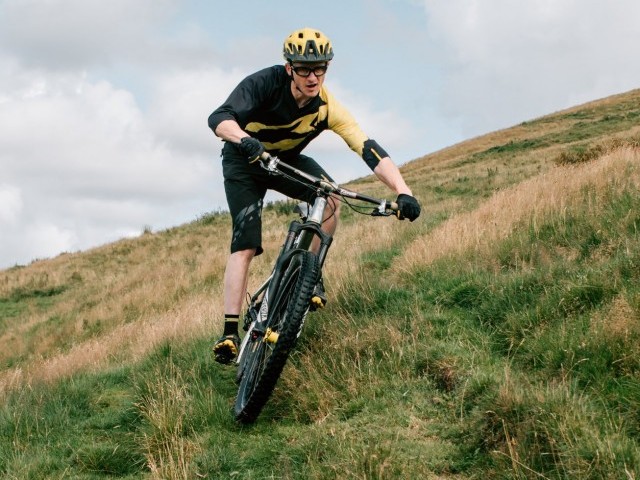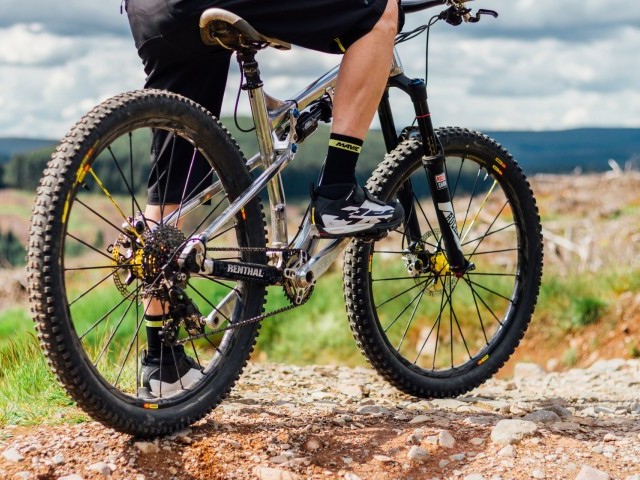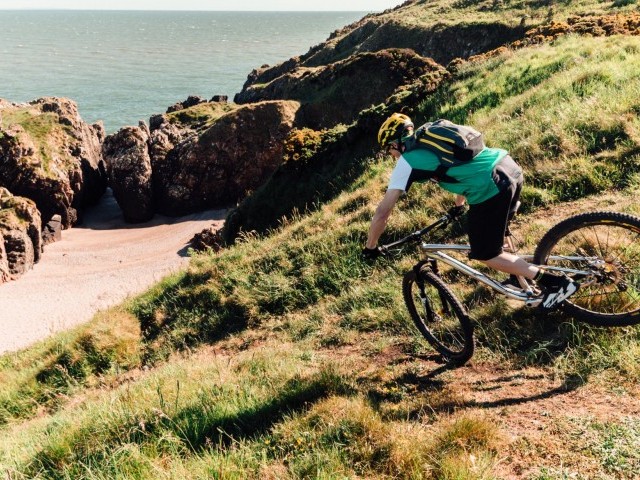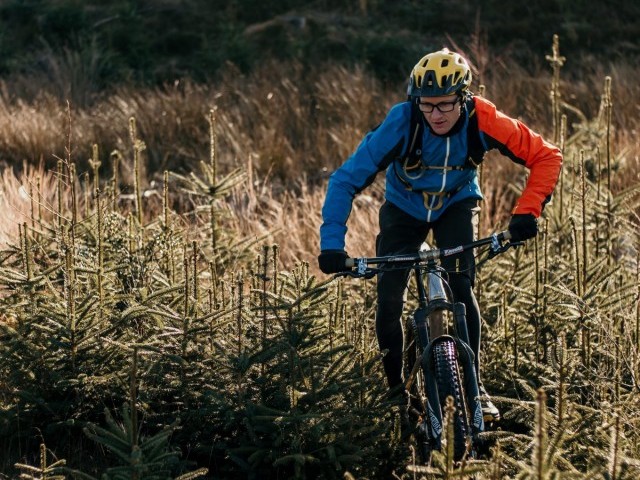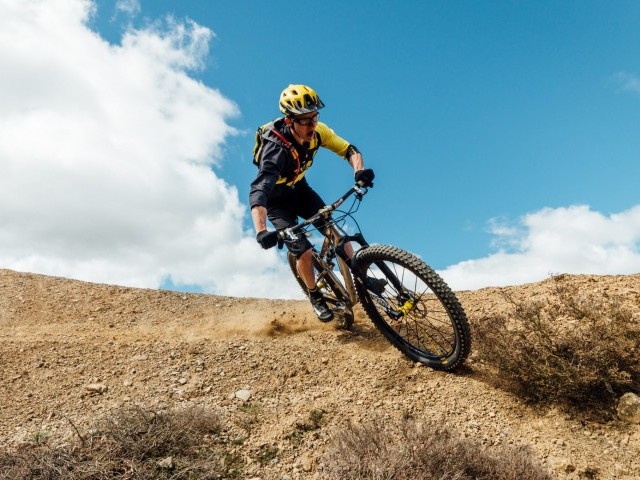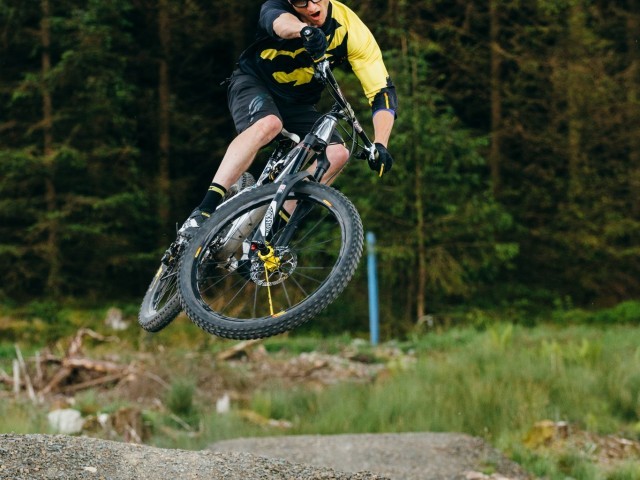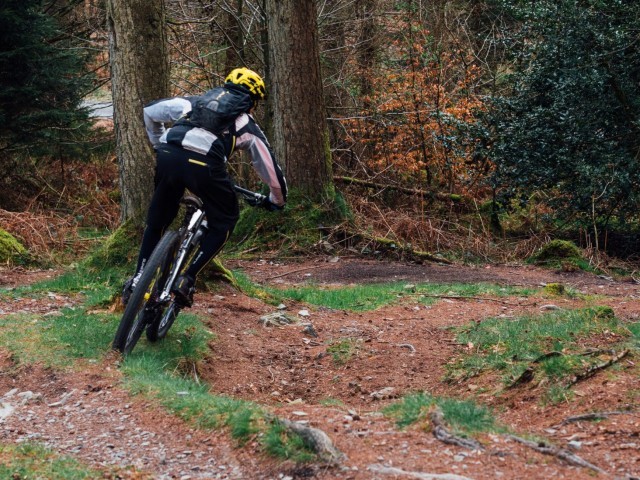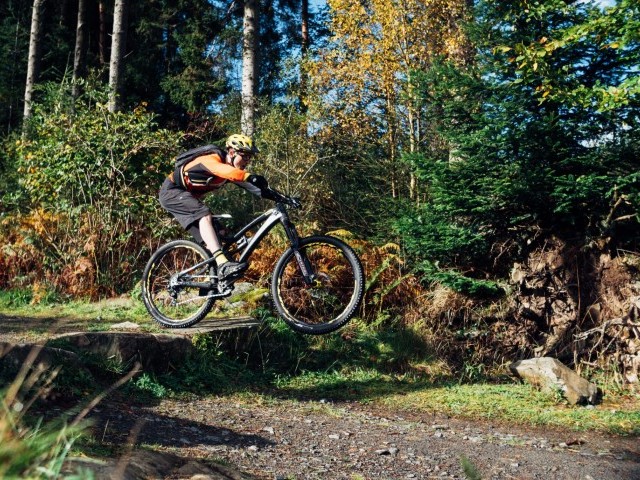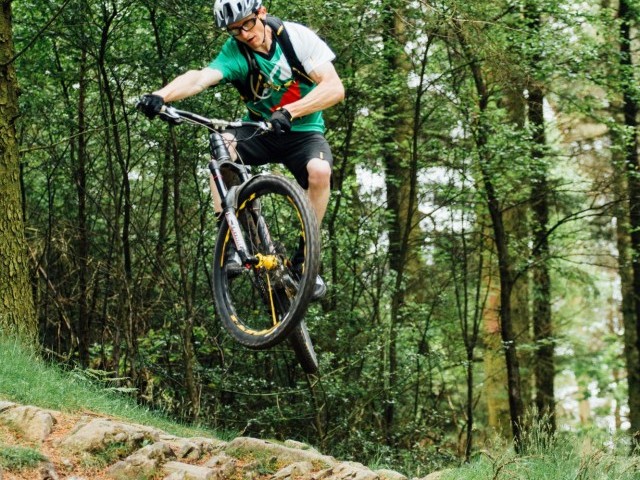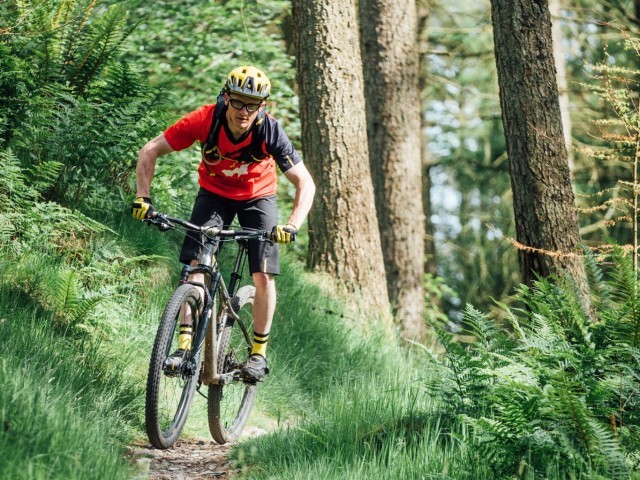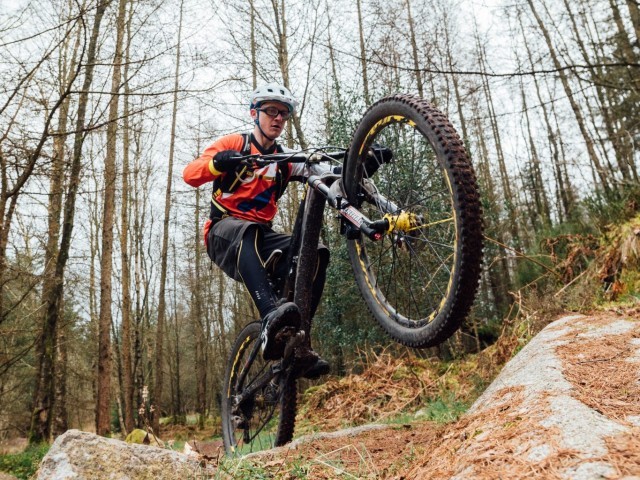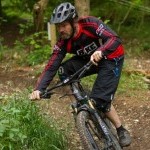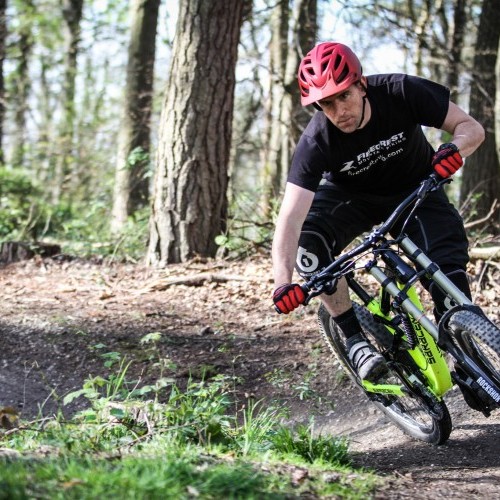
Stall
Technique / Skills
Introduction
This issue you we will look at the “Stall” - what it is, what can cause it, and how to deal with it.
Verb: Stop or cause to stop making progress
Synonyms: obstruct, impede, interfere with, hinder, hamper, block, interrupt, hold up, hold back, frustrate, thwart, inhibit, sabotage, encumber, restrain, slow, slow down…
There are many ways to describe it (and just reading through the list above I can’t see any synonyms that sound appealing) and many things that might cause it.
Whatever the cause, whatever & however you choose to describe it one thing is certain; stall disrupts your flow and, if unchecked, can spoil your ride.
Whether it’s a one-off occurrence stopping the bike in its tracks and sending you over the bars, or a series of smaller inputs slowing you down, stalling will disrupt your flow and make your ride a series of abrupt inputs rather than a smooth gliding experience in harmony with the bike. Dealing with ‘stall’ correctly will enhance your ride.
Every trail has features that can cause it and every rider will regularly experience it, what separates the best from the rest is how well they deal with it.
I have often heard riders bemoan a trail for not having ‘flow’. The point perhaps being missed is that it is usually the rider themselves that creates the flow. Sure, there are sections of trail that by design (good or bad) upset that flow, but ultimately creating the flow is the job of the rider and part of the challenge that makes mountain biking what it is.
Watching Danny Hart glide through rock gardens or deal with roots so big they could hold up a skyscraper is a clear example that we shouldn't blame a trail when the bike doesn't roll freely - instead we should look within.
In short, don't blame the trail for your fail.
There are many tools at our disposal when it comes to dealing with ‘stall’. Our videos are bought to you this issue with the kind help of MTB skills guru Ian Warby and the fantastic trails on his doorstep at Aston Hill in the UK. We will look at some common trail scenarios where stall can occur while the words, should you choose to read them, will look at some more general principles to consider in dealing with ‘stall’. As ever the ‘system’ will provide the solution to ‘stall’ in all its forms.
If you are of a mind to blame the trail for lacking flow rather than accepting that is a result of your own shortcomings in dealing with it, maybe it is time to consider another approach - Don’t be bitter, be better.
Taking it as read that we don't want our trails to be flattened and rolled smooth so we can go faster (there are roads and road bikes for that), let us first look at the personal elements.
You and your Equipment
Suspension set-up and adjustment will be a factor in how readily your bike stalls and slows when obstacles are encountered. If your suspension is too firm, rather than compressing and dealing with some of the stalling forces inherent in the trail, your wheels will bash sharply into them. The same goes for tyre pressure. Pumped up like a body builder on the juice, your tyres may roll fast on the smooth, but they will do little to keep you rolling smoothly over bumps. Suspension rebound is also a consideration. Although you don't want your bike to progressively squash lower and lower into the trail, if it pings back at you faster than a cross-court volley from Venus Williams, you are going to find it hard to deal with. Fine-tuning your suspension will help you get the most from your bike and reduce the frequency and severity of the ‘stall’. Although having your suspension set up in the right way is a big helping hand, ‘you’ play a far greater part in overcoming the stall than your equipment ever can.
Body Position
When you encounter stall the bike is ultimately going to give you a push. You can easily become the accelerating mass and here lies the biggest issue with trail features that stall the bike. As your bike slows, unless you are prepared for it, you don’t. As you accelerate faster than the bike you rotate forward. If your hips go past your feet more weight drives down onto your hands and onto the front wheel increasing the stalling effect and a bad situation gets worse.
The key to avoiding this is to set your body position correctly. The ‘dusty book’ of skills coaching will refer to an attack position, and that same book advises riders simply to get their weight back when the terrain steepens to keep them out of trouble. Rather than thinking of a set position it is more useful to find and keep your weight in ‘the pocket’ - the pocket moves vis-à-vis with the bike, and so too should you in order to stay in it.
That movement is not one dimensional, or even two, but three. Think of a vertical line up from your bottom bracket - that is your centre line. On that axis the pocket lies just rear of it enabling you to push down through your heels against your pedals. Standing up on your pedals on flat ground imagine a line that cuts you in half on the horizontal axis. On this axis the pocket lies a little below this line. You should be trying to keep the centre of your gravity (basically your groin) in this area.
If the bike pitches forward on steep terrain the back of the bike rises, you don't want to rise with it, so bend at the knee and stay in the pocket. With your hips behind your heels you are positioned to do this, allowing the rear wheel to rise up while you are able to stay in the pocket rather than getting thrust up and forwards.
The more severe the terrain the more you will need to think like a generous man i.e. “have a deep pocket”. Short arms are no excuse for not dipping in there either, just make sure you bend at the knee not so much the waist until necessary to do so. There will come a point at which you do need to bend progressively at the waist to stay in contact with the bars and controls comfortably. Unlike at the local pub, having short arms and a deep pocket is not an issue if you are using your levers in the right way.
If you stay in the pocket you can correctly deal with stall. As momentum tries to push you forward, up and out of the pocket you can drive, through a dropped wrist and dropped heel, through the bike. Your momentum and weight then drive the bike, countering the stall and pushing the bike onward just ahead of you. Rather than contributing to the stall your momentum helps negate it. The third axis is left and right. Keeping your weight over the tyres as the bike leans keeps you in the pocket - this will help with cambers and corners where again the stall can be an issue as the videos show.
If you value something and want to keep it safe when you are out on the trails you know where you want to keep it - in your pocket!
Foot Work
As we have referenced many times, the dropped heel is a massive factor in dealing with stall and accelerating the bike as it is slowed by the trail. Dropping toes serves to do the opposite, slowing the bike and accelerating you. There are only few occasions when this is either necessary or desirable. The bigger the stalling force the deeper the heel drop needs to be. This is the case whether the trail causes the stall, or you do by braking (intentionally or otherwise).
Looking
Looking is a massive factor when trying to deal with any aspect of negotiating the trail ahead. This is just as true when that trail has elements that might stall the bike and result in a ‘push’ that can upset your ride. As ever looking through the section is key. Visual performance cues can suck you in bringing you firmly into the ’now’ rather the ‘next’ where your thoughts should be. In the words of the wise,
‘Obstacles are those frightful things you see when you take your eyes off your goal' - Henry Ford
Add this pearl of wisdom to his advice on the colour of your vehicle and you start to realise that this bloke really knew what he was talking about!
There is no doubt that you will succumb to the visual draw of trail obstacles (performance cues) that can stall the bike. If your vision stalls it is usually followed closely by the bike stalling. Simply picking your head up can alter your body position enough to keep you in the pocket allowing you to keep your momentum and avoid the fail. If you realise your eye-line has dropped think of eyes as bouncy balls - bounce them off the trail and back up to a high point further on down the trail. Bouncing eyeballs up and off potential stalling factors (metaphorically) will help ensure your head doesn't do the bouncing in reality!
Speed Control
Clearing any potential feature that may stall the bike will be easier if you are carrying some momentum and accelerate through sections. The only thing the brakes will help you get over are the bars. That is not to say you shouldn't use them of course, but when and how is important. The brakes, if misused, can create a massive stalling effect even if there are none present on the trail.
Panic braking creates a self-induced stall that you are rarely ready for. Unless planned (or at the very least not a panic reaction) it is likely you will get not just pushed, but thrown out of the pocket. A little comfort braking from time to time is going to happen mid section. Slowing your acceleration (rather than decelerating) is often advisable, but sudden, flight based clutching creates a stall that is far from desirable and will cause problems. Setting your speed at the entry point to a section allowing you to accelerate through it will help in avoiding any stalling of the bike below you.
Energy Management
Understanding energy management, and applying good energy management, lies at the heart of dealing with stalling forces. If you stay in the pocket any available suspension, whether mechanical or biological, will work well for you. A little push through the bike at the right time will allow you to smoothly manual over the lip of potential stall inducing trail features.
Your body position and footwork will allow you to soften your legs and allow the rear wheel to rise without pushing you out of your sweet spot on the bike - the ‘pocket’. With the rear wheel having crested an obstacle, you will be set to push back through the bike and pump the backside of the feature using any transition available to generate speed if required.
Psychology and Stall
The four C’s that make up the psychological skill set need to be developed in order to ride smoother, faster and more skilfully. Together they all contribute to whether we deal with stalling factors or succumb to them. Confidence, commitment, control and concentration are intertwined with each other and the physical skills we have already considered. When it comes to commitment and confidence you will do well to remember the words of American Psychiatrist and one of the forefathers of self-help literature, Orison Swett Marden (1850 - 1924):
‘Most of our obstacles would melt away if, instead of cowering before them, we should make up our minds to walk boldly through them’.
Ok walking is not desirable, but you get the picture.
Confidence, as always, needs to be founded on understanding and not false hope - but it does need to be present. A lack of confidence embedded in a realisation that we are lacking one or more of the physical skills required to ride a section is not necessarily a problem and often a safety mechanism, but only if that realisation occurs at the right time. That realisation should occur before you enter a section.
In this instance identifying the skill that is lacking and developing that skill on a less technical piece of trail is a good idea. However, if you are past the point of no return, commit, apply the skills you do have, stay in the pocket, breath and stay focussed and relaxed. Tensing up or freezing will not help.
If you have entered a section stick with your planned course of action. Once again, conclusions drawn from experts in other fields apply when we are encountering trail sections where the features might cause the bike to stall.
‘The cure for most obstacles is, be decisive.’ - George Weinberg - American Psychotherapist
Of course there are other considerations, but these should have already been dealt with. Do your thinking before the section, carry well-placed confidence and focus on what is next. Stay as many rungs up the ‘concentration ladder’ as you can. Thinking as far ahead of the bike as possible will help you stay emotionally controlled and loose. Keeping the flight and fight responses at bay and applying a level of emotional control will ensure that you minimise the stalling potential of the trail ahead.
When your mind slips back to the ‘now’ it is easy to freeze not knowing whether to follow your heart or your head. This will increase the stalling effect of the trail. Simple things like not gripping ever tighter on the bars and remembering to breathe rather than hold your breath will help you to stay fluid and respond correctly to the stall and deal with the push that follows.
The ‘stall’ may be a one-off and a big surge of energy that needs managing, or cumulative as you progress down the trail tackling feature after feature. Whether the stall is perpetually pushing you out of the all-important pocket, or adding that little bit extra time that keeps you off the podium, there are changes you can make.
Keep in the pocket, push through the section and keep your eyes and thoughts on what lays ahead. Get things right and you too will make molehills out of mountains and create the flow that you desire, but had previously thought was the role of the trail builder…
This technique article was in Issue 29 of IMB.
Related
By Richard Kelly
Richard Kelly has been riding bikes since forever, and teaching people to become better mountain bikers for over a decade. He’s always out in the Surrey Hills training riders, building trails and riding for himself whenever he gets the chance. His unique perspective on mountain bike technique has earned him fans the world over, with some speculating he is actually Jamiroquai or perhaps Jack Sparrow…






